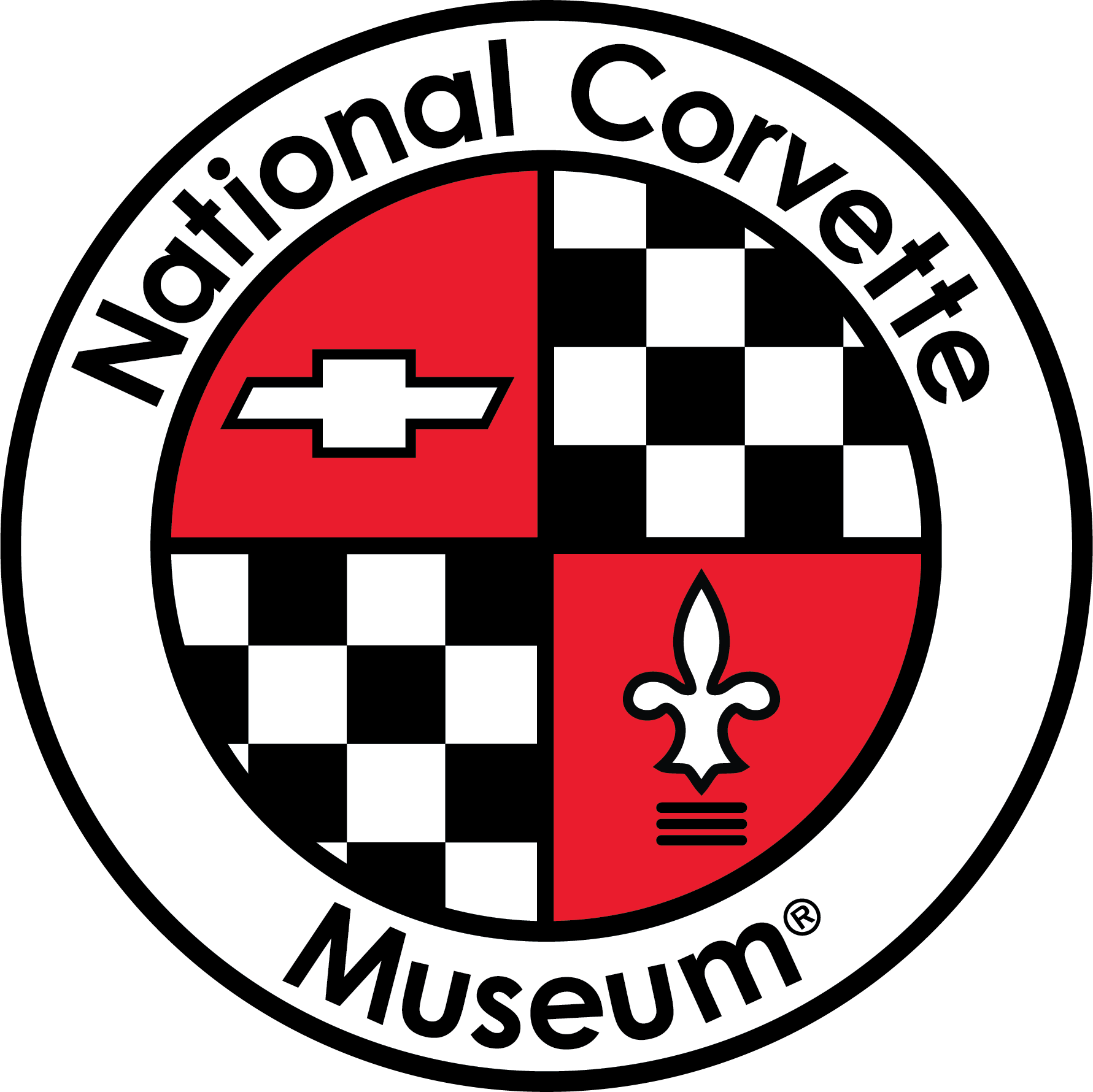Even after its debut in 1984, the fourth-generation Corvette remained a work in progress. As the C4 hit the streets, General Motors felt pressure to keep up with Japanese automakers. Lloyd Reuss, head of the Chevrolet-Pontiac-Canada group, was particularly concerned about Honda’s and Toyota’s potential to build a supercar capable of stealing the Corvette’s thunder. GM would respond by unveiling the Corvette ZR-1 in 1990, which was designed to be the fastest production car on the road.
What made the ZR-1 exceptional was its LT5 engine, a double overhead cam (DOHC) V8 with four valves per cylinder, developed by GM in collaboration with Lotus Engineering. Initially, GM wanted to build a DOHC cylinder head that would be installed on the existing Corvette motor, the L98. Instead, Lotus’ Tony Rudd suggested building a completely new engine, an idea that Reuss favored. Even though development costs for the new engine would be higher, Reuss concluded that the lessons learned from the engine program would benefit the entire company and provide the best assurance that Corvette would withstand the challenges of its competitors.
The LT5 would have the same 350 cubic inch displacement as the L98, but it produced 375 horsepower compared to the L98’s 245. GM and Lotus had been aiming for a 400hp target, but the necessity of matching the bore centers of the LT5 with those on the small block V8 initially prevented this. Additionally, Rudd engineered the LT5 to use three throttle bodies. Depending on how much pressure was applied to the gas pedal, the Electronic Control Module would open one, two, or all three throttles at once for high-performance driving. This design made the LT5 exceptionally smooth and responsive. By 1993, GM and Lotus had improved the LT5 to increase its output to 405hp.
Since the LT5 required special assembly, GM contracted with Mercury Marine to build the motors in their Stillwater, Oklahoma plant. Mercury’s MerCruiser division typically built high-performance engines for speedboats, but those engines were often made of aluminum alloys like the LT5 was. Mercury’s technicians could build 18 engines by hand each day, and production continued until November 1993 when GM announced the discontinuation of the ZR-1. Although short-lived, the LT5 made the idea of a Corvette supercar a reality, and the ZR-1 would return to the Corvette lineup in the 21st century.

















